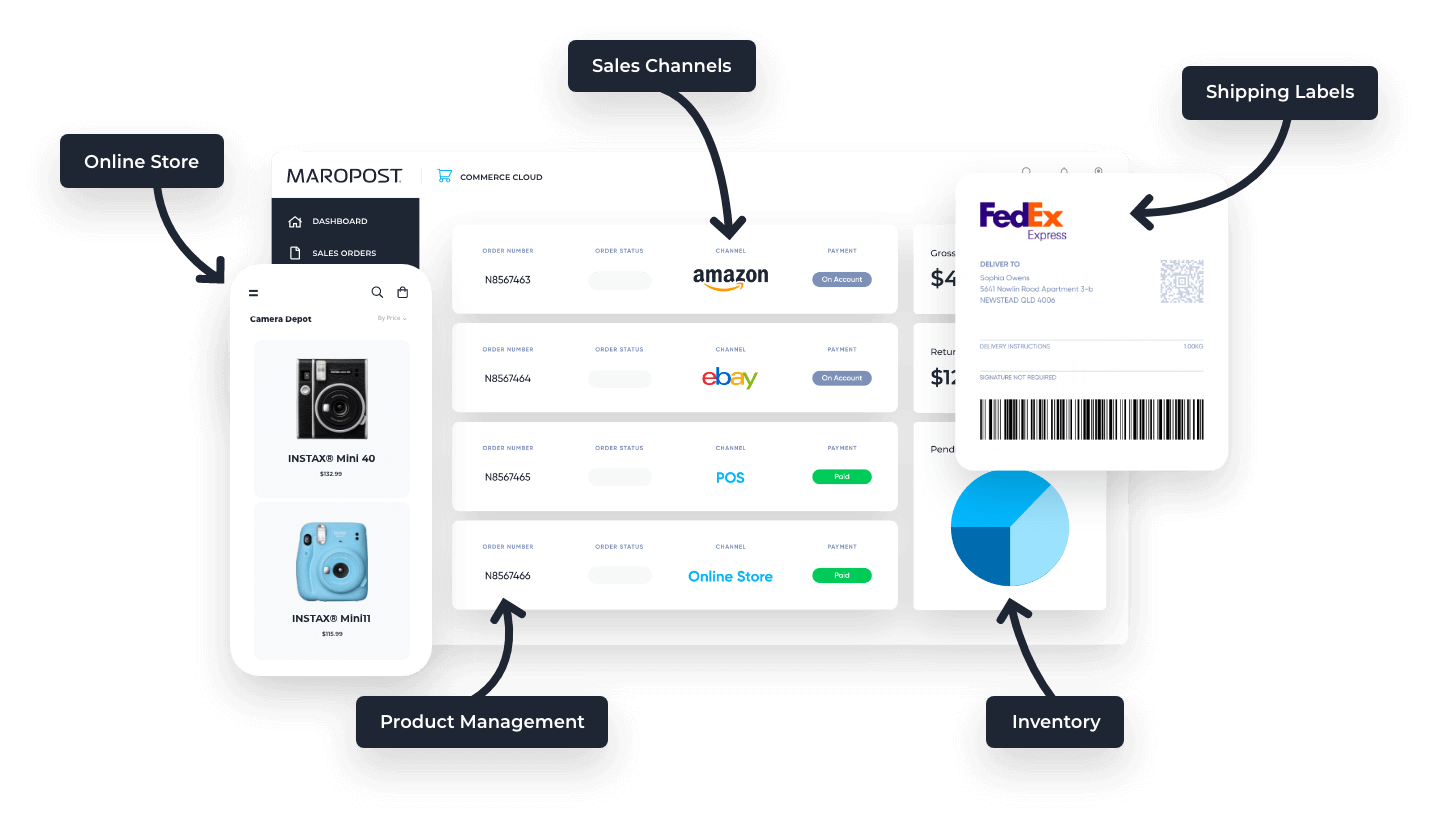The digital world brought us the connected consumer. A consumer who uses multiple devices for a single customer journey – setting the tempo for their own, unique customer journey. Today, there are more devices than consumers – 8.2 Billion devices globally and it’s estimated to reach as many as 20 Billion devices by 2020. To make things more complicated, there are also a growing number of social media and engagement channels.
What does that mean for the modern marketer? How can you keep up with growing consumer expectations?
We’ve outlined three aspects that have disrupted the way marketers approach their jobs:
Data-driven Marketing
With the digital revolution, came a lot of customer data. And by a lot, we mean 2,500,000,000,000,000,000 (2.5 Quintillion) bytes are added to the global data pool every day.
This access to data gives marketers capabilities that they’ve only dreamed of in the past.
However, with the sheer volume of data available for marketers to leverage for personalization, marketing has evolved to become one of the most data-driven professions. As a result, marketers are scrambling to patch together tools that help with both data analysis and for implementing personalized campaigns.
Couple of solutions surfaced in the marketing technology landscape: Data Management Platform (DMP) and Customer Data Platform (CDP). Both tools essentially connect all your data points about the customer in one place – allowing you to make data-driven decisions. According to Oracle, 91% of marketers have or plan to adopt a DMP to enable a unified view of the customer.
However, there is a lot more to creating a unified customer view than simply adding a DMP to your MarTech stack.
Marketers must jump over boundaries and connect offline and online data, as well as 1st, 2nd, and 3rd party data. Putting all these touch points together is the challenge of the 21st century marketer.
To help with this challenge, Maropost has been building marketing, sales, commerce and service clouds all within a single, unified platform – this way you can have the data you need without the expensive integration tools.
Another issue with most DMPs is that they focus only on online data and lack data ownership capabilities – creating a partial and often inconsistent view of the customer.
Marketing leaders will benefit greatly by investing in a comprehensive data strategy.
[sc name=”guide-CustomerEngagement”]
Revenue-driven Marketing
Today’s reality is that marketing and sales share the same goals. It is up to the modern marketer to leverage all the tools in their arsenal to bridge the gap between sales and marketing to create predictive revenue generating models.
According to Gartner’s ‘2017 State of marketing: Insights and trends from 3,500 Global marketing leaders’, over 75% of marketing leaders say they now own or share responsibility for their P&L. Salesforce also added that high-performing marketers work to understand how marketing’s efforts impact individual accounts and customers.
The high-performing marketer needs to go back to their data when evaluating their marketing efforts and optimize based on impact to revenue. As a result, marketers are starting to think outside the box to create a mix of campaigns that not only convert more leads, but also create higher quality leads.
Besides the immense amount of data that marketers need to take into consideration, they must also listen to their salespeople and take feedback on what works and what doesn’t.
Keeping everyone focused on the same goals and on incremental improvement eliminates the conflict that often mires the sales and marketing relationship.
Multi-channel Marketing
Are you engaging with your customers on all the different platforms that they’re engaging with you?
The buyer journey has changed – it is no longer a two-step journey. And, with every added step to the journey, the complexity increases significantly.
Marketers must work with their technology stacks to manage the entire customer journey. In an ideal situation, regardless of how and where the customer takes their journey, the marketer will be right there with their ad, email, catalog and much more.
For example, a potential customer will see an ad on Instagram, then go on Google to search for reviews and discounts. The customer will then abandon their cart with a product in it, get reminded about it through a Facebook ad and then see the product in their inbox and go to the website to make the purchase. If the ecommerce store in this example wasn’t using a multichannel marketing approach, they would have lost the lead and the sale.
Most people today skip around sites and devices. They go back and forth, pause, leave, come back and continue their journey on another device. Accenture revealed that 78% of customers receive a fragmented experience as they move from channel to channel.
Among the biggest reasons that marketers fail to create a great experience is the outdated marketing technology that they use. At Maropost, we’ve built our technology from the bottom up to ensure marketers can orchestrate a smooth omnichannel customer journey.
Leveraging cross-channel orchestration, marketers can use Maropost to manage customer interactions across mobile, social, web and email.
To conclude, the marketing landscape is always shifting and growing. As a marketer you must always continue to learn and grow with the field otherwise, you’ll be left behind. Learning to get insights from the right data and using it effectively to create revenue-driving omnichannel campaigns can help us keep up with this ever-changing field.
To help you win during these turbulent times in the marketing landscape, we’ve put together an eBook on how to leverage the data you have for your marketing campaigns. Download it below.
[sc name=”guide-DoingMoreWithData”]
Need to chat about your mobile marketing strategy?
More than 10,000 marketers use Maropost to engage with their prospects and customers through emails, SMS, social media and more. We’re here to help you growing your business!
Chat Now

